Media | Articles
One last waft with Bentley’s W-12 before its sun sets
The industry-wide move to batteries and electric motors has been hard on the fuel-guzzling 12-cylinder engine, which has been or is about to be chopped from several automaker catalogs. Mercedes-Benz cut its 6.0-liter twin-turbo V-12 from the lineup in 2020, letting it ride for a few more years in the exclusive Mercedes-Maybach S 680 4Matic, while BMW installed its final 12 in June 2022 (a version soldiers on in Rolls-Royce products). Others, like Ferrari and Lamborghini, are pairing future V-12s with hybrid electric systems to reduce fuel consumption.
Bentley, which has promised to deliver five EV models by 2030, is the next brand to axe its 12, scheduling the end of production for April 2024. Over 20 years, Bentley has moved approximately 100,000 examples of its unusual and long-serving W-12, one of the most produced automotive gasoline 12-cylinders in history. Currently the W-12 commands about a 20 percent price premium over the V-8 and represents 25 percent of U.S. Bentley sales, the other 75 percent being V-8 and V-6 hybrids.
Rather than hold a wake, the brand is celebrating with a special Speed Edition 12, a package which will be available in all four models of Bentley (Continental coupe, convertible GTC, Flying Spur sedan, and Bentayga SUV). The price is yet to be announced, but the W-12 Bentleys start around $264,000 for a Flying Spur and up to $323,000 for a Continental GTC, so figure on some premium over that. There will also be 18 total examples of the $2.1 million Bentley Batur coupe, a Continental highly modified by Bentley’s Mulliner bespoke division and running a 739-hp version of the W-12.

The company let journalists waft around southern California in a bunch of 2023 Bentley Speeds, the trim level that offers the W-12, on a one-day poker outing. On the drive, the engine proved as always to be your silent partner in speed. At idle you can barely hear it and, blindfolded, you would lose a bet on whether the car is actually running. It’s as stable as Grant’s Tomb until you engage drive and glide away.
As with other luxe V-12s that came before it, the W-12 isn’t about all-out acceleration or euphonious roar. In fact, a Bentley with the W-12 doesn’t feel hugely faster than those with the 542-hp twin-turbo V-8s that will replace it at the top of the lineup. It just doesn’t work as hard to make the numbers. The unit supplies a lusciously even torque delivery, the max of 664 lb-ft available from just 1500 rpm, which thrusts the car’s prodigious 5000-plus-pounds forward in ample haste without requiring a frantic, unseemly sprint to redline. Though the engine will do that if you demand it. Having a W-12 is like exercising soft power in politics; the badge alone does most of the job that’s required of it.
Marketplace
Buy and sell classics with confidence
The prize for the poker winner was first shot at a one-week press loan of a Speed Edition 12. Sadly, our team came up short with a lowly pair of deuces, so you’ll just have to wait for that review. Meanwhile, we had fun wheeling the other big Bentleys around the California hills, as always enjoying the way they seem to give a middle finger to physics by being both galactically heavy and also nimble enough to hold a bead in a corner at considerable speeds. The steering is insulated and somewhat relaxed but it all seems about right for the target audience, many of whom just want to be pampered in comfort.
Bentley plans a total of 480 Speed Edition 12s, or 120 examples of each model. Special badging, interior appointments, and embroidery celebrate the 12-pots up front. The dash is even inscribed with the engine’s firing order (so that’s one thing you won’t need to look up when it’s time to rebuild it). However, the best reason to buy a Speed Edition 12 may be the 1/7th scale replica of a W-12 engine block that comes with it. Then, perhaps, you will finally understand how this bizarre powerplant works.
Conceived in the latter 1990s, the W engines represent the apogee of late VW Group leader Ferdinand Piëch’s cost-no-object approach to engineering. If you recall your VW history, the company introduced the VR6 engine in 1991 and it was just like a V-6 except that the two banks of three cylinders were squished together, separated only by a super narrow 15-degree V-angle. That allowed VW to use a single cylinder head, which saved weight, cost, and perhaps most importantly, packaging space. A VR6 could easily shoehorn into a Golf-sized engine compartment intended for a four-cylinder.
In the 1990s, pretty much every Volkswagen was small and built around a four-banger, but Piëch had big plans for moving VW upscale as well as acquiring luxury brands such as Lamborghini and Bentley. Coming for the early 21st century: the Phaeton luxury liner and the Touareg SUV, all larger vehicles intended to take VW into BMW and Mercedes territory. And the W engines were part of the strategy.
There was a W-8 (two narrow-angle V-4s joined at the crank) that fit where a V-6 would go. And a W-12 that would easily slide in where a V-8 would go. And eventually a W-16 for VW subsidiary Bugatti that would fit where a V-12 would go. The early 2000s were a crazy time for Volkswagen Group. Both the Phaeton and Touareg would get optional W-12s (the latter not in the U.S.), pushing their prices close to $100,000. Even the humble Passat was offered in the U.S. with a peaky flat-plane-crank W-8 and 4Motion all-wheel-drive—plus an optional six-speed manual! It was glorious madness.
Flash forward 20 years. Piëch has gone to his reward, as have the Phaeton, Touareg, and pretty much all of VW’s delusions of grandeur. Bentley is the final VW outpost for the W engine, and it will be gone next April.
In Bentley’s twin-turbo W-12, which debuted as a 6.0-liter in the 2004 Continental GT, two VR6 engines were essentially laid alongside each other and their connecting rods fitted to a single crankshaft, then splayed out to a 72-degree angle. It’s called a W-12, but the “W” moniker is kind of a misnomer; it doesn’t look like a W when viewed head-on. It looks like a conventional V engine with perhaps beefy cylinder banks. But the W label (it helps to think of it written not as W but as V V, the Vs crossed in the middle) helps distinguish the engine from more conventional V-12s and, well, we’re just used to calling it that.

Open the hood of the Bentley and you’ll see why the W idea is a work of genius. With a block that is barely two feet long and 27 inches wide, the twin-turbo bantam packs 12-cylinder power and smoothness into a shockingly small space. Back in 2004 the engine was rated at 552 horsepower and 479 lb-ft of torque. But subsequent improvements, including a 2015 overhaul for the launch of the Bentayga SUV that brought in direct fuel injection and cylinder deactivation, have raised the power output while reducing emissions. The current Speed editions make 626 horsepower and 664 lb-ft of torque.
Bentley says the 30 workers currently assembling W-12 engines at its factory in Crewe, England, will be reassigned to work on V-8 and V-6 hybrid powertrains. However, those powertrains are assembled elsewhere and merely prepped for installation at Crewe, meaning the former Merlin engine factory is at a turning point.

The demise of the flagship Mulsanne in 2020, whose body and storied 6.75-liter pushrod V-8 engine were both fabricated at Crewe, meant the Bentley factory was out of the business of making bodies. Now with the W-12 going away, the plant will be out of the engine-making business too, becoming, at least for the foreseeable future, just a final assembly site for bodies and powerplants made elsewhere in the VW empire. So it goes.
***
Check out the Hagerty Media homepage so you don’t miss a single story, or better yet, bookmark it. To get our best stories delivered right to your inbox, subscribe to our newsletters.









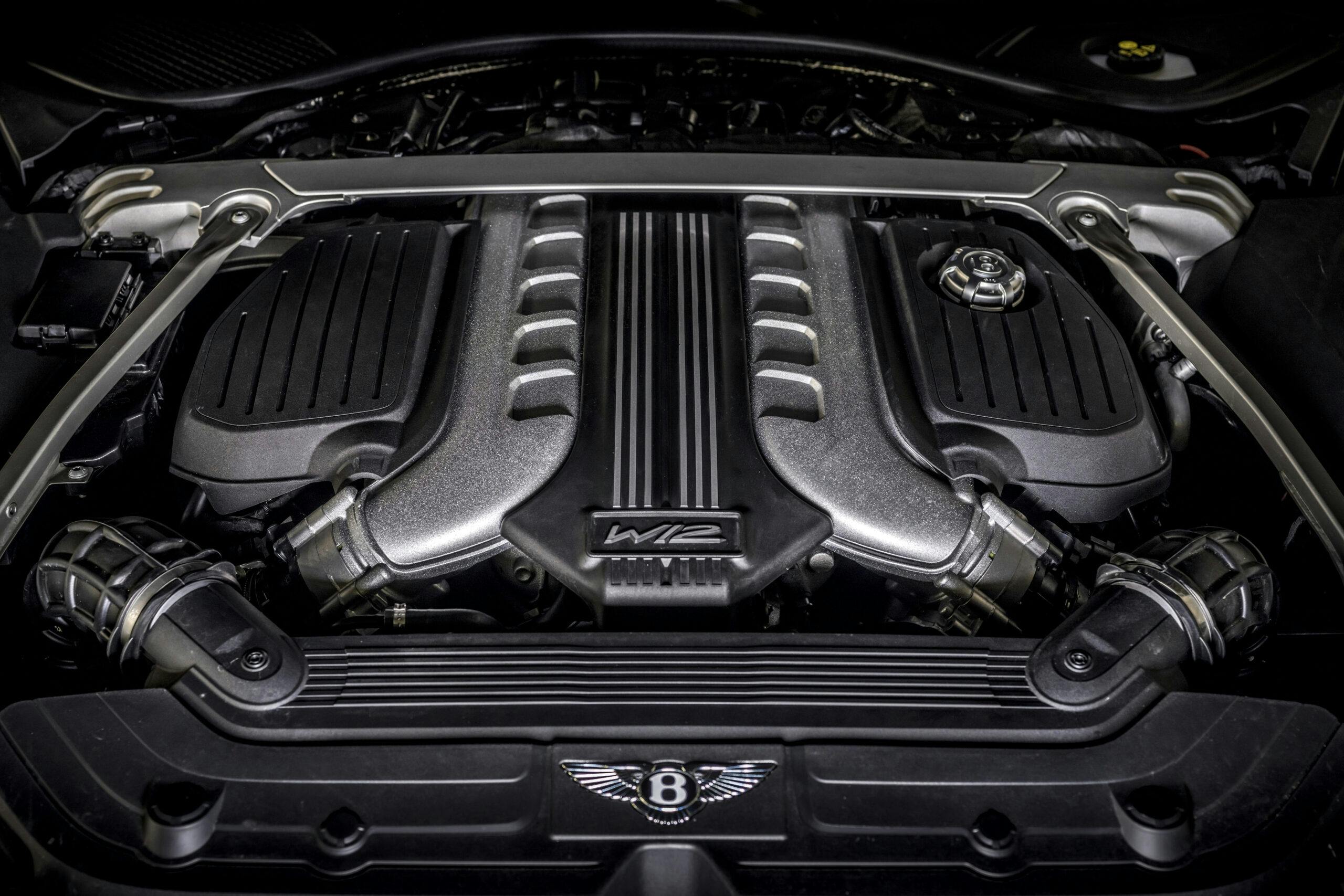


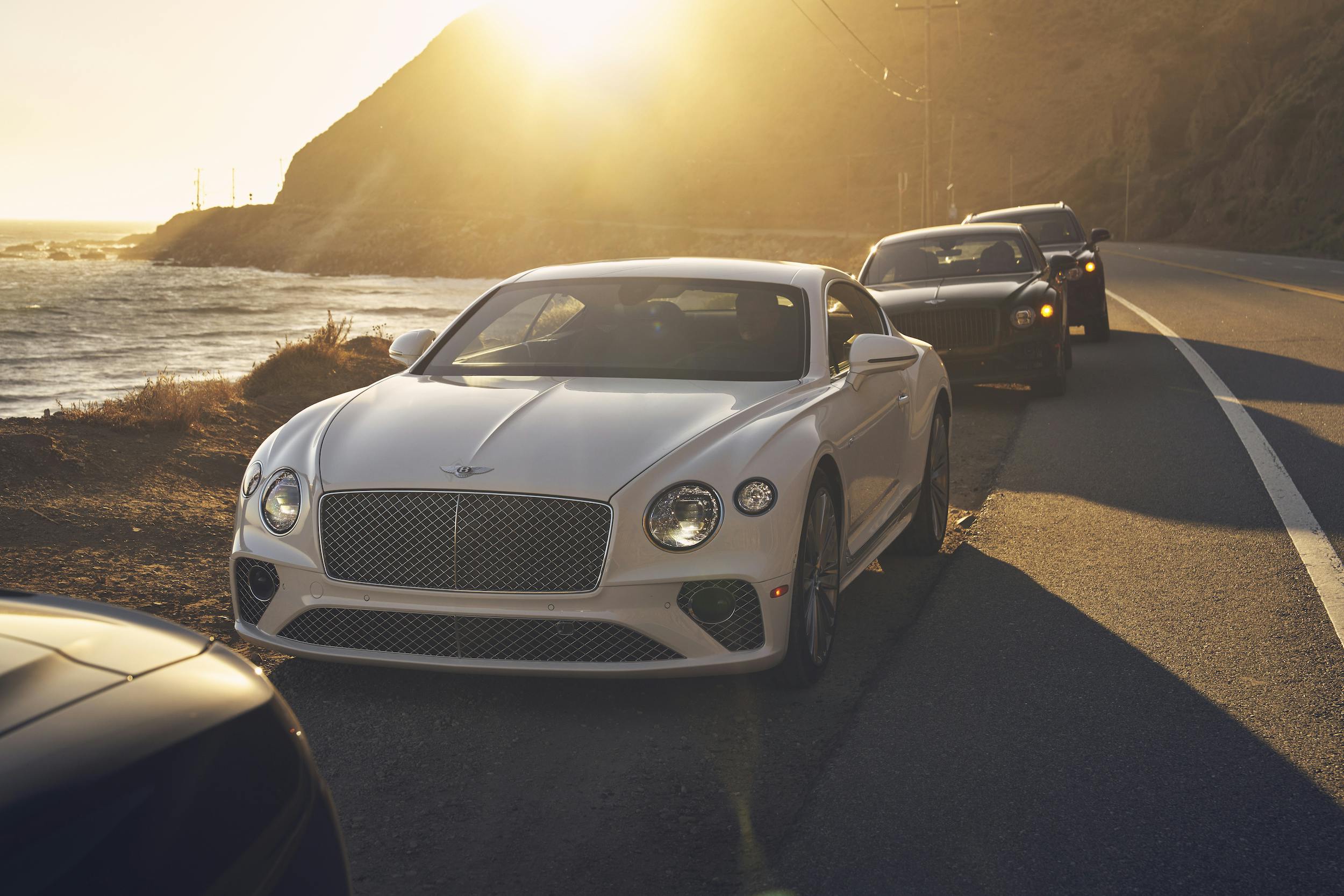






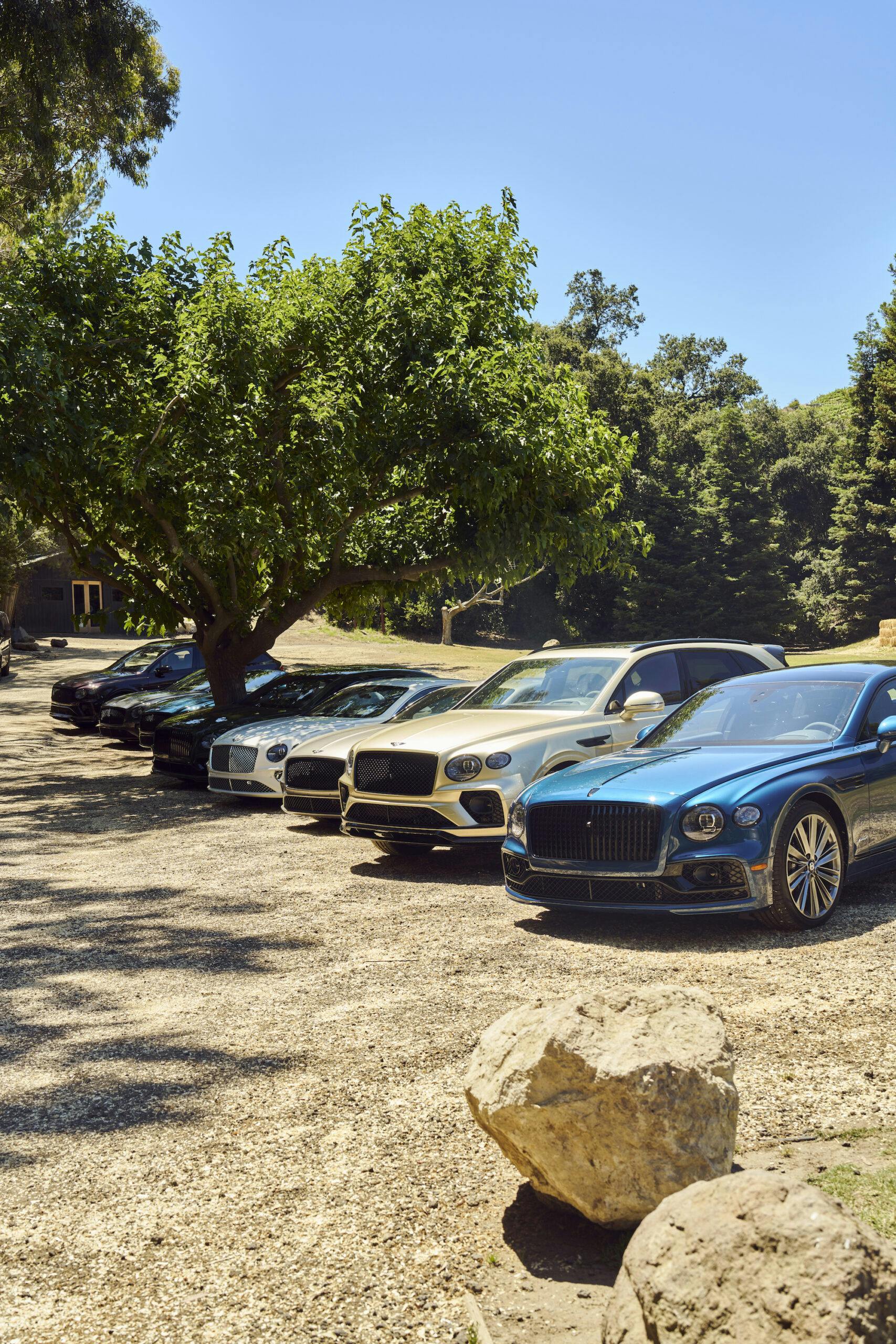



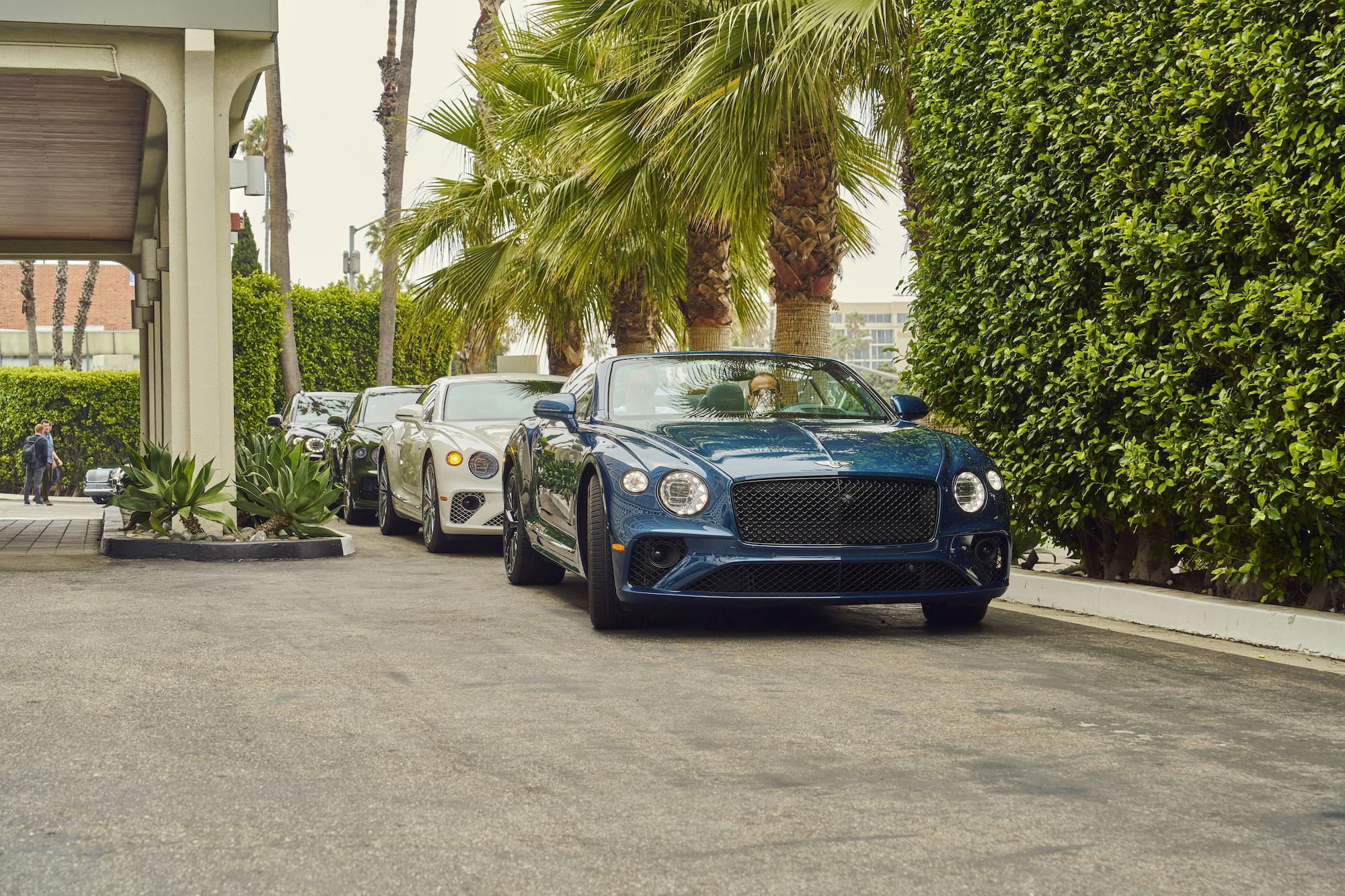

















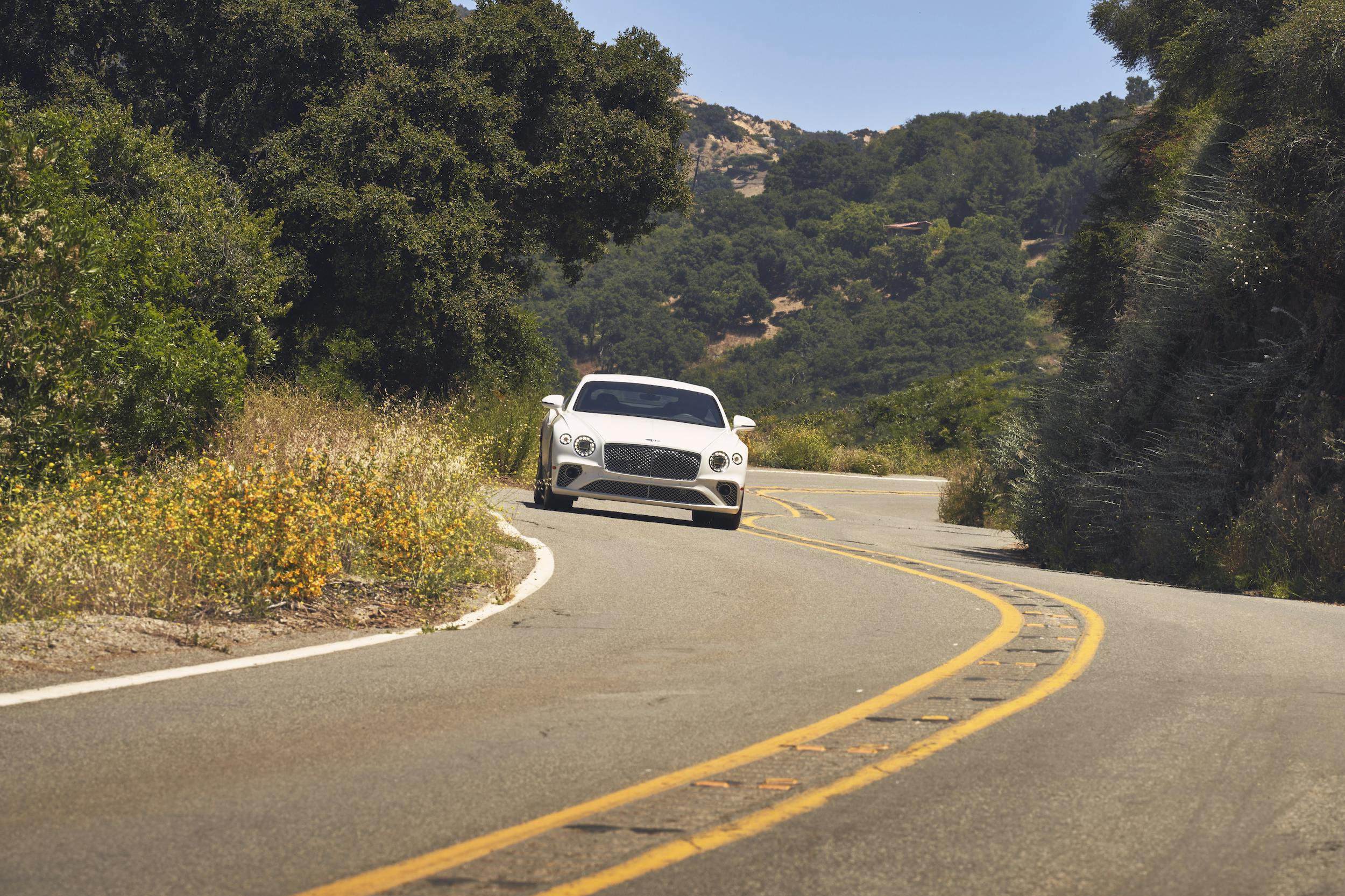




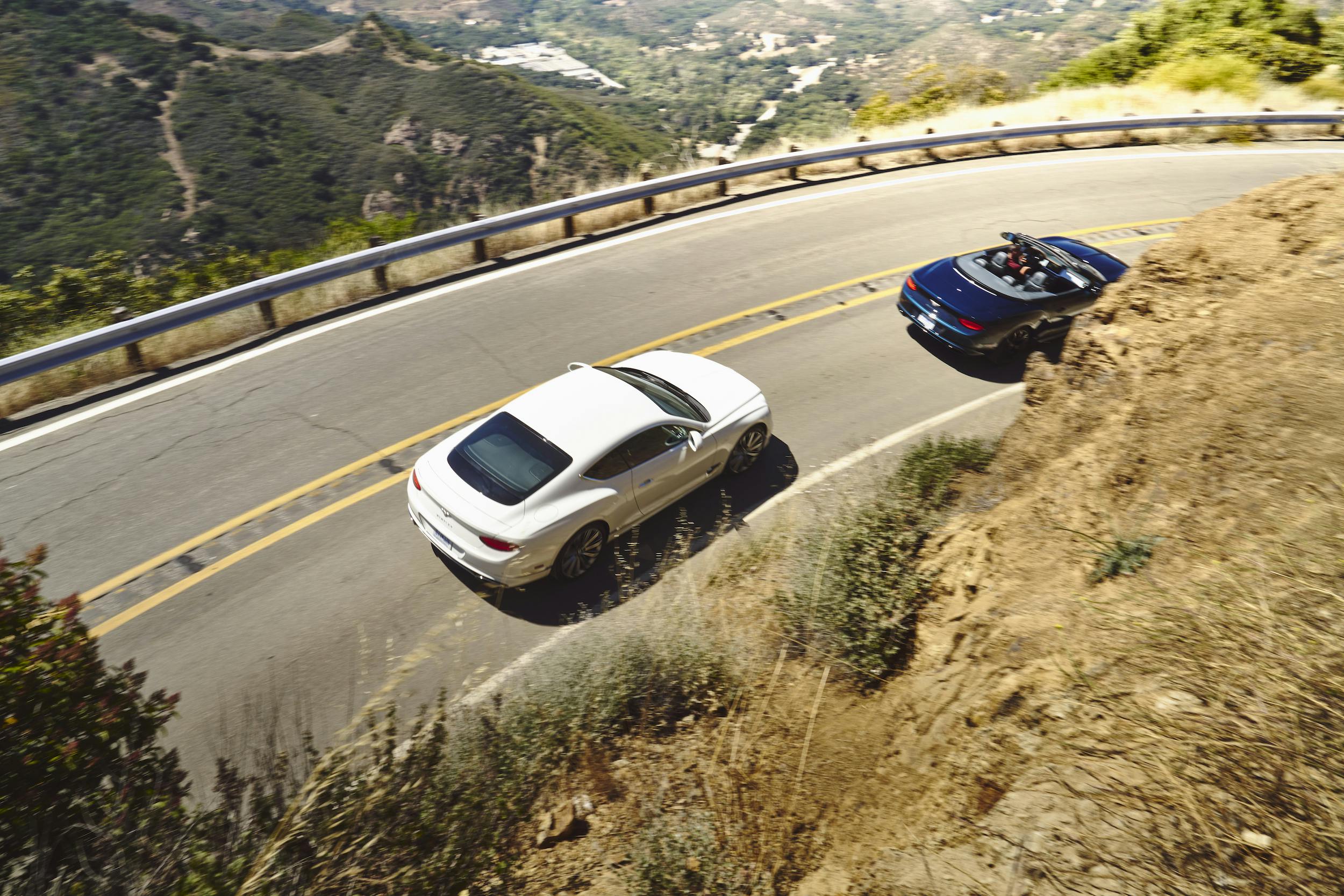
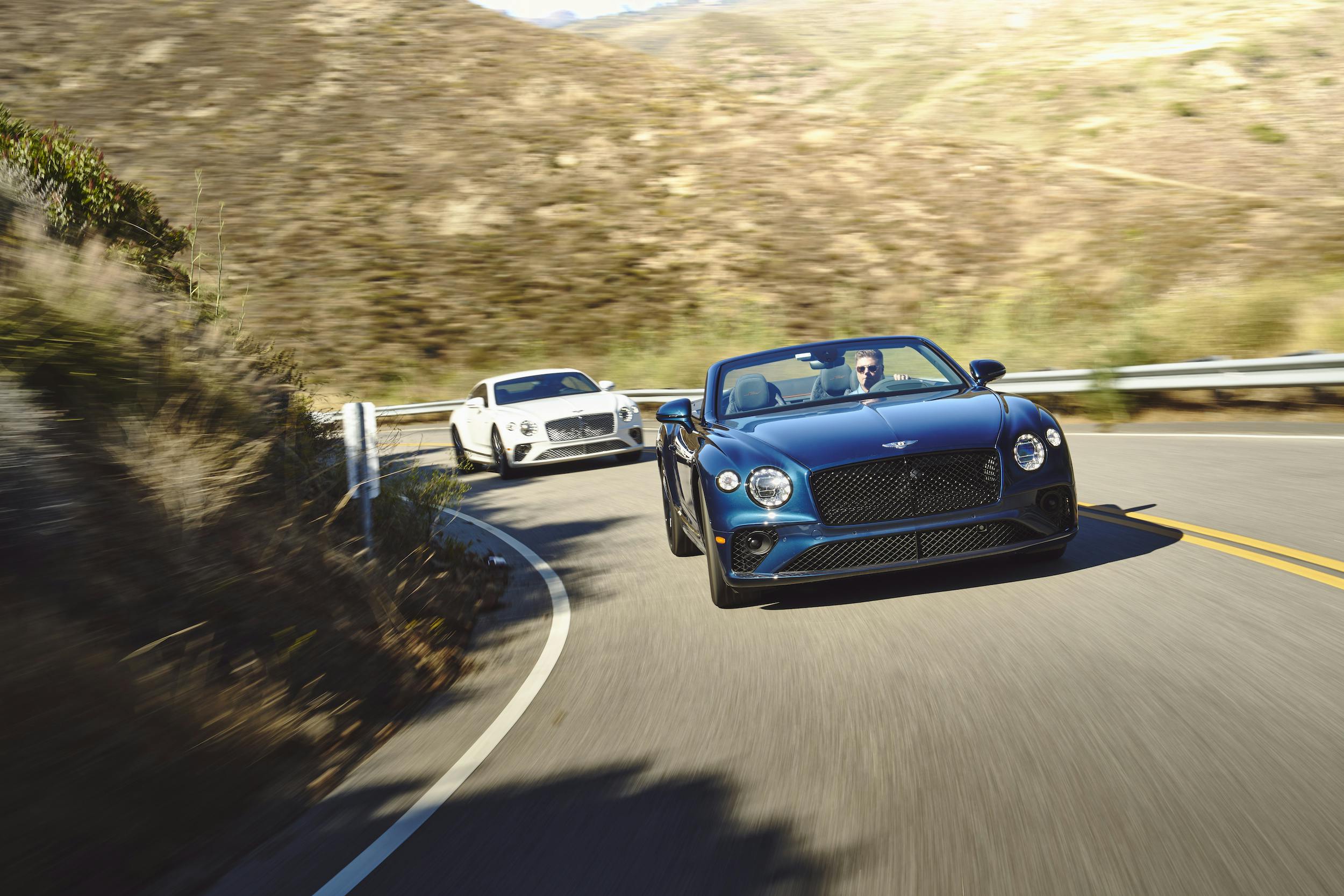



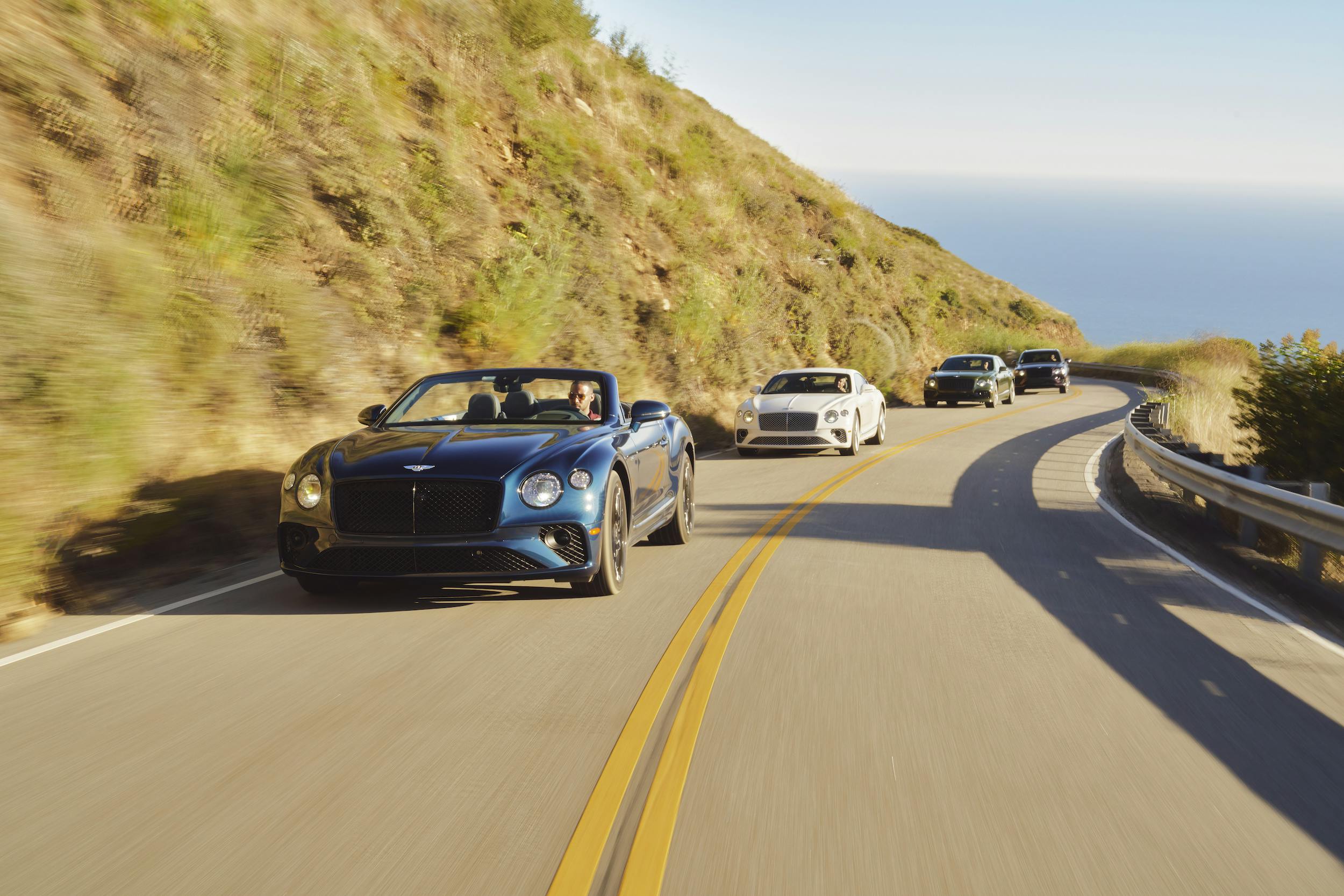
















































Sad to see another 12 cylinder go away. I’m not a modern Bentley guy but I do appreciate the engineering in them.
Sad. An electric motor will never excite the visceral emotion, in most folks, that a powerful, good sounding ICE can.
*Real* Bentley boys, of course, have waited two long lifetimes for the return of That Bloody Thump…